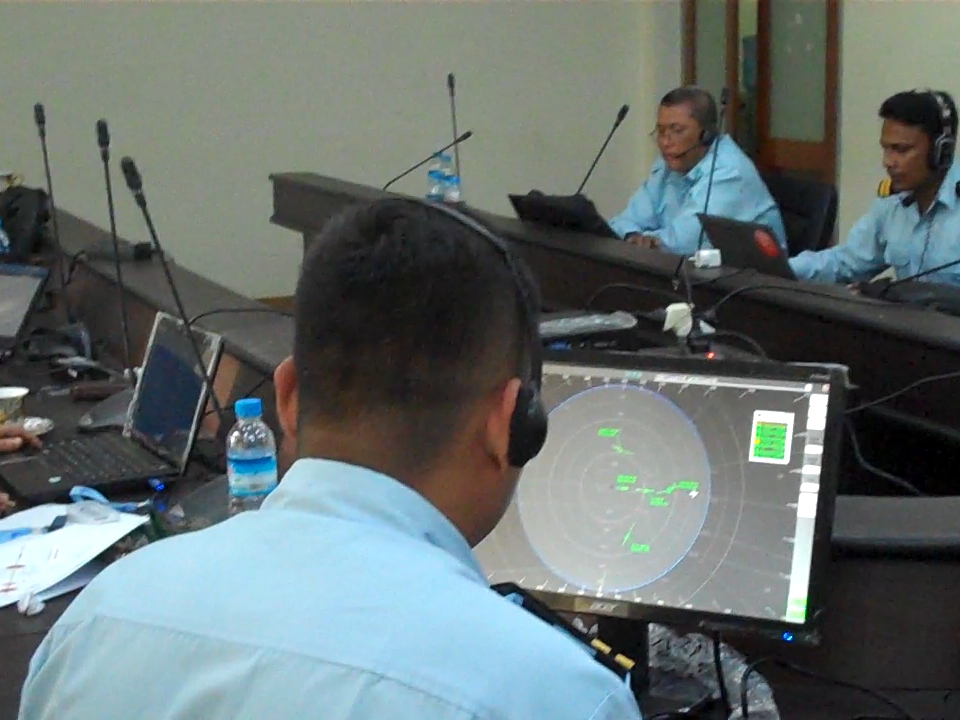The VV Approach course is ideal for upskilling controllers for the introduction of surveillance control to an aerodrome experiencing rising traffic levels and allows a seamless transition to sector training.
In 2014, the Department of Civil Aviation Myanmar (DCAM) were planning on the introduction of surveillance in Yangon. The existing Procedural Approach service was then conducted in the Tower, and these controllers needed to be upskilled to be able to provide a radar control service for aircraft operating in the vicinity of the aerodrome.
In preparation for this, a cohort of controllers was sent to Japan to receive introductory training ICAO for an surveillance endorsement, which would be followed by in-country training in Yangon. As Mandalay International Airport already offered a radar Approach service, local expertise was available to help with the transition. However, projections of rising traffic levels and an attendant increase in the training requirement resulted in management determining that more simulation capability was required.
A tender was put out seeking part task and medium fidelity simulation. Visual Vectoring partnered with SunTac Technologies, a local Engineering and Software Development company, to offer VV Approach as a solution to the simulator shortfall.
The tender was accepted, and in late 2014, the Visual Vectoring team travelled to Yangon to induct local controller into the use of VV Approach. We were hosted by Mr U Tike Aung, Director of Air Navigation Services, who had overseen the project as part of the CNS/ATM modernisation program in Myanmar.
Eight controllers were initially inducted based on the standard VV Approach course, but with some customisation for local callsigns, phraseology and procedures. As part of the extended support service, extra training content and simulation exercises were provided to provide instruction and practice covering the local 03/21 runway alignment.
Following the rollout to other staff members, the transition to surveillance control was completed in 2015. Visual Vectoring service provision was available during this period and beyond. During the five years following the implementation of surveillance, traffic movements grew by an average of 10% per annum. We, at Visual Vectoring are very proud to have played some small role in helping to make this happen.
